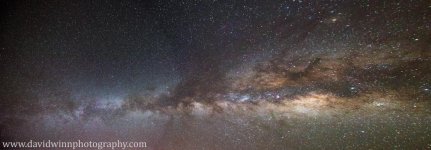I got a wild hair and drove out to Anza-Borrego desert this morning (if you call 1 AM "morning") so that I would get there just after the moon went down. Yeah, a little crazy, no doubt, but I ended up with some pretty cool images of the Milky Way. And even out in the middle of the desert I was still picking up some light pollution.



Last edited:

